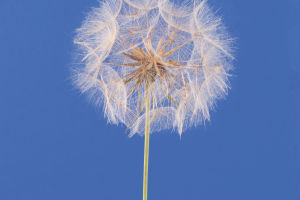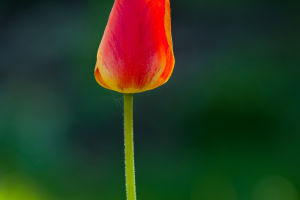Flowers have long been celebrated as exquisite symbols of nature, cherished for their vibrant colors, delightful fragrances, and diverse varieties.
Throughout history, flowers have captured the admiration and love of people across various cultures and eras.
From ancient poetry and songs to contemporary life, flowers consistently bring joy and comfort to those who encounter them. But what is it about flowers that makes people feel so happy?
1. Psychological Perspective: Emotional Sustenance and Transmission
From a psychological standpoint, flowers are powerful conveyors of positive emotions. Numerous studies have indicated that individuals who receive flowers often feel appreciated and cared for.
Flowers are commonly gifted to express love, friendship, blessings, and condolences, making them powerful tools for emotional expression. The impact of this emotional transmission on the recipient’s mood can be profound.
For instance, research by Professor Jeannette Haviland-Jones, an American psychologist, demonstrated that people who received flowers typically displayed more positive emotions, such as happiness and satisfaction.
Moreover, the color and shape of flowers can significantly influence people's emotions. Color psychology reveals that different hues can evoke various emotional responses.
Red roses, for example, symbolize passion and love, while yellow sunflowers signify happiness and warmth. This visual stimulation from different colors can significantly elevate people's moods.
2. Neuroscience Perspective: Sensory Pleasure and Stimulation
From a neuroscience perspective, the sensory stimuli provided by flowers are key to the pleasure they bring. The fragrance, color, and shape of flowers engage multiple senses, directly stimulating the brain's pleasure centers through sight, smell, and touch.
The fragrance of flowers, for instance, stimulates the olfactory nerves, impacting emotions significantly. When aroma molecules enter the body through the nasal cavity, they activate the limbic system in the brain, which includes the hippocampus and amygdala—regions associated with emotion and memory.
This activation can enhance pleasure while reducing anxiety and stress. Certain flower fragrances also have calming and relaxing effects; lavender, for example, is widely believed to improve sleep quality and alleviate anxiety.
Visual stimulation from the vivid colors of flowers also plays a crucial role. Bright colors can activate the brain's dopamine system. Dopamine is a neurotransmitter linked to happiness and reward mechanisms.
Consequently, when people see colorful flowers, the brain secretes more dopamine, leading to increased feelings of pleasure.
3. Cultural Perspective: Symbolic Meaning and Social Interaction
Culturally, flowers carry deep symbolic meanings and historical significance across various societies. Over centuries, different flowers have acquired symbolic connotations: roses often symbolize love, chrysanthemums can represent longevity and nobility, and lotuses are seen as symbols of purity and wisdom.
These symbolic meanings are ingrained in people's consciousness through cultural heritage and education. When people see or interact with flowers carrying these meanings, they often associate them with these positive qualities, thus feeling happier.
Additionally, flowers play an essential role in social interactions. Gifting flowers is a widespread social custom that serves not only to convey emotions but also to strengthen interpersonal relationships.
During festivals, celebrations, anniversaries, or special occasions, flowers are used to enhance the atmosphere, offer congratulations, or express condolences. This interaction fosters emotional connections between individuals, making them feel valued and cared for, thereby enhancing their sense of happiness.
Conclusion
In summary, flowers can convey positive emotions, stimulate the senses, and provide pleasant experiences. They hold rich symbolic meanings across various cultures and help people reconnect with nature.
These elements combined make flowers a vital component in uplifting mood and enhancing happiness. Whether in everyday life or on special occasions, flowers play an irreplaceable role in bringing a sense of beauty and joy to people's lives.


